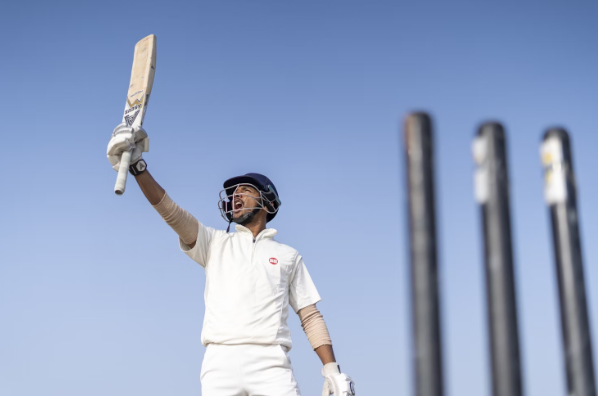In cricket, where a fielder stands is not random. Each position has a reason. Good fielding keeps the runs out, applies pressure, and takes wickets. For a side like Bangladesh, which plays so many games on slow-turning tracks, smart fielding is a big plan.
Let us go through the major fielding positions and why they are crucial, and most importantly, how Bangladesh uses them in matches. Sports enthusiasts looking to be closer to the action can even access 1xbet apps, where updates are live and daily.
1. Slip Fielders – Ready for Edges
Where: Just behind the batter, next to the wicketkeeper.
Why it matters: Slips catch balls that edge off the bat. Edges often come when bowlers get the ball to move after pitching or in the air.
In Bangladesh: At home, Mehidy Hasan and Taijul Islam often bowl on turning pitches. Slip fielders like Haque or Shanto stay alert for any edge from the bat. These catches are tough, so agile reflexes are in demand.
2. Wicketkeeper – Behind the Stumps
Where: Right behind the batter.
Why it matters: Catches deliveries, does stumpings, and talks with bowlers and captains about reviews.
In Bangladesh: Mushfiqur Rahim has been trusted as the team’s main wicketkeeper for a long time.
3. Point and Cover – Off-Side Guards
Where: Point is to the right of the batter, cover is a bit wider and deeper.
Why it matters: These spots stop powerful cut and drive shots. They also take catches from mis-hits.
In Bangladesh: Fielders like Mahmudullah or Afif Hossain are often placed here. Good fielding in these areas saves many runs, especially in ODIs and T20s.
4. Mid-Wicket and Mid-On – Leg Side Control
Where: In front of the batter on the leg side.
Why it matters: These positions stop flick shots and save singles. Sometimes they catch balls from mistimed hits.
In Bangladesh: On turning pitches, bowlers aim at the stumps. These positions stop easy runs and add pressure on the batters to try risky shots.
5. Silly Point and Short Leg – Close-In for Spin
Where: Very close to the batter, one on each side.
Why it matters: Used in Tests to take catches off bat-pad deflections.
In Bangladesh: When spinners are bowling, these close-in fielders are key. Captains like Shakib Al Hasan use them to force mistakes.
6. Boundary Fielders – Saving Fours and Sixes
Where: In close distance to the ropes – long-on, long-off, square leg, third man.
Why it matters: During ODIs and T20s, these players stop huge shots and take high catches.
In Bangladesh: Players like Liton Das and Soumya Sarkar cover these regions. A good boundary fielder can change the game by stopping runs or catching under pressure.
7. Bowler – More Than Just Bowling
Where: After delivering the ball, ready to field.
Why it matters: Can stop straight drives or take return catches.
In Bangladesh: Bowlers like Taskin Ahmed and Mustafizur Rahman are quick on their feet. They often save runs or get a run-out chance.
Conclusion
All positions in the field have a role to play. In a country such as Bangladesh, where spin is a prime factor and the conditions are sluggish, clever fielding becomes a gigantic factor. From stopping singles, diving to cut boundaries, to running in close to catch, every role plays its part. Good fielding often turns tight matches in Bangladesh’s favour — quietly, but effectively.

